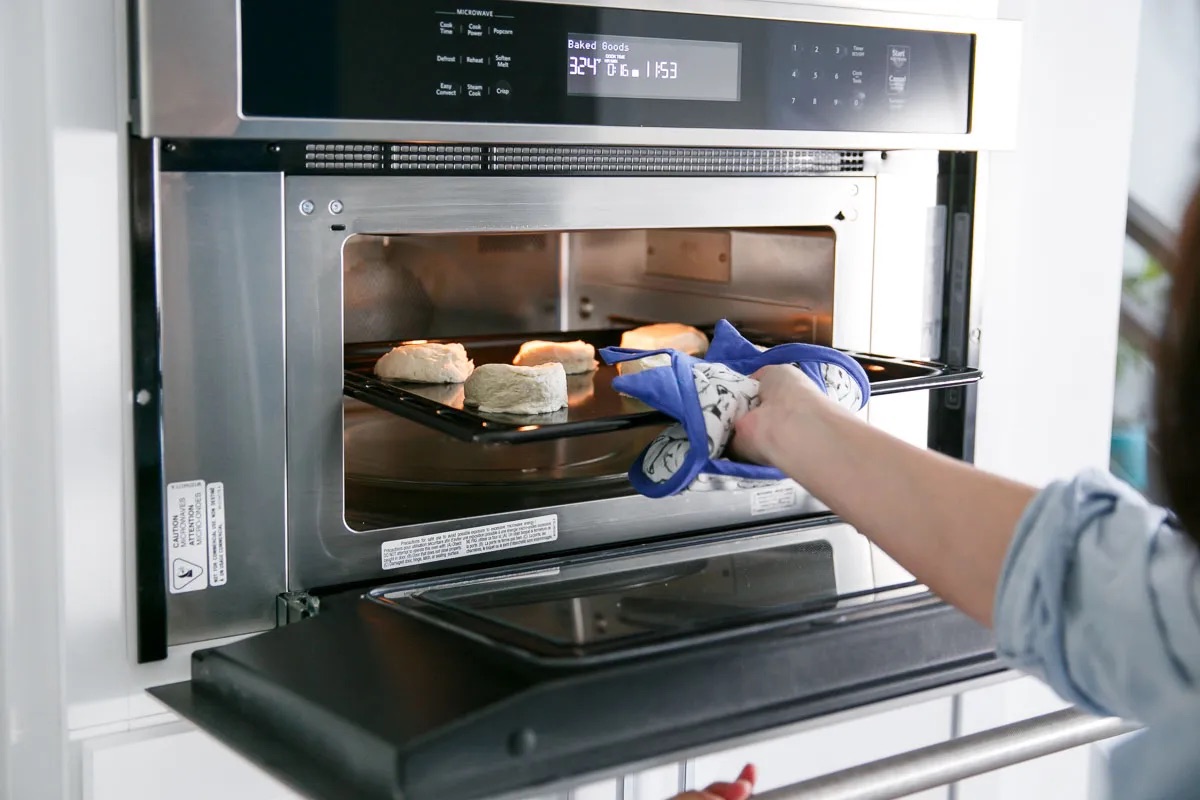

Articles
How To Use Convection Microwave Oven
Modified: January 6, 2024
Learn how to effectively use a convection microwave oven with these informative articles. Discover tips, tricks, and recipes to make the most of your cooking experience.
(Many of the links in this article redirect to a specific reviewed product. Your purchase of these products through affiliate links helps to generate commission for Storables.com, at no extra cost. Learn more)
Introduction
A convection microwave oven is a versatile kitchen appliance that combines the functions of a traditional microwave and a convection oven. With its ability to cook, bake, and grill, it offers a wide range of cooking options and can drastically reduce your cooking time. Whether you are a seasoned cook or a beginner in the kitchen, a convection microwave oven can be a valuable addition to your culinary arsenal.
Unlike a standard microwave, which uses electromagnetic waves to heat food from the inside out, a convection microwave oven utilizes a fan and a heating element to circulate hot air around the food. This process not only cooks food faster but also ensures even cooking and browning. The combination of microwave technology and convection heat provides a perfect balance for various cooking techniques, allowing you to achieve delicious, professional-level results.
With its compact size and multi-functionality, a convection microwave oven is ideal for small kitchens, dorm rooms, or anyone seeking a convenient and efficient cooking appliance. You can use it to defrost frozen meals, reheat leftovers, bake cookies, roast a chicken, grill vegetables, and so much more.
In this article, we will explore the various features and benefits of using a convection microwave oven, as well as provide useful tips and techniques to help you maximize its potential. Whether you want to whip up a quick meal or experiment with more elaborate recipes, a convection microwave oven is the perfect companion for your culinary endeavors. So let’s dive in and discover how to make the most of this remarkable kitchen appliance.
Key Takeaways:
- Convection microwave ovens offer time-saving, even cooking, and versatility, making them a valuable addition to any kitchen. With proper preparation, setting the cooking mode, and adjusting temperature and time, you can achieve optimal results for a wide range of dishes.
- By understanding combination cooking, selecting appropriate cookware, and following useful cooking tips and techniques, you can unleash the full potential of your convection microwave oven. Additionally, regular cleaning and maintenance will ensure its longevity and optimal performance.
Understanding Convection Microwave Ovens
Convection microwave ovens are designed to provide the convenience of a microwave and the versatility of a convection oven. They are equipped with a built-in fan and a heating element, along with traditional microwave components. This combination allows for faster cooking times and ensures that the food is evenly cooked and browned.
When you select the convection mode on your microwave oven, the fan and heating element work together to circulate hot air throughout the cooking chamber. This hot air surrounds the food, creating a consistent temperature that helps to cook it more evenly from all sides. This is particularly beneficial when baking or roasting items that require a golden brown crust or a crispy texture.
One of the key advantages of convection microwave ovens is their ability to reduce cooking times significantly. The combination of microwave energy and convection heat allows for faster and more efficient cooking, saving you valuable time in the kitchen. For example, if a recipe typically takes 60 minutes to bake in a conventional oven, it may only take 30 minutes in a convection microwave oven.
Another benefit of convection microwave ovens is their versatility. They offer a wide range of cooking options, including baking, roasting, grilling, and even air frying. You can use them to prepare a variety of dishes, from casseroles and pizzas to crispy bacon and perfectly roasted vegetables. The ability to switch between microwave-only and convection modes provides flexibility depending on the type of dish you are preparing.
Additionally, many convection microwave ovens come with pre-programmed settings for commonly cooked items like popcorn, baked potatoes, and frozen meals. These settings take the guesswork out of cooking times and temperatures, ensuring consistent and reliable results every time. Some models even have sensor technology that automatically adjusts the cooking time and power level based on the food’s moisture and doneness.
It’s important to note that while convection microwave ovens offer a wide range of cooking capabilities, they may not be suitable for every type of cooking. For example, certain delicate desserts or dishes that require precise temperature control may be better suited for a conventional oven. However, for everyday cooking tasks and quick meal preparations, a convection microwave oven can be a game-changer in your kitchen.
Now that we have a better understanding of how convection microwave ovens work and their advantages, let’s explore the benefits of using these versatile appliances.
Benefits of Using Convection Microwave Ovens
Convection microwave ovens offer numerous benefits that make them a valuable addition to any kitchen. Let’s take a closer look at some of the key advantages:
- Time Savings: One of the biggest advantages of convection microwave ovens is their ability to reduce cooking times significantly. The combination of microwave technology and convection heat ensures faster and more efficient cooking, saving you valuable time in the kitchen. You can prepare meals in a fraction of the time it would take in a conventional oven.
- Even Cooking: The convection technology in these ovens ensures even distribution of heat. The fan circulates hot air, eliminating hot spots and ensuring that your food is cooked uniformly from all sides. This helps in achieving consistent results every time you cook.
- Versatility: Convection microwave ovens offer a wide range of cooking options. Whether you want to bake cakes, roast chicken, grill vegetables, or even air fry french fries, these appliances can handle it all. With the option to switch between microwave-only and convection modes, you have the flexibility to cook a variety of dishes.
- Energy Efficiency: Convection microwave ovens are more energy-efficient than traditional ovens. Since they cook food faster, they require less time to heat up and use less energy overall. This can help reduce your electricity bills, making them both environmentally friendly and cost-effective.
- Space-Saving: If you have limited kitchen space, a convection microwave oven can be a lifesaver. It combines the functionality of two appliances into one, freeing up counter space and eliminating the need for a separate microwave and oven. This makes them ideal for small kitchens, apartments, or dorm rooms.
- Preserves Nutrients: The shorter cooking time in a convection microwave oven helps retain more nutrients in your food compared to traditional cooking methods. By cooking food quickly and evenly, it minimizes the loss of vitamins, minerals, and other essential nutrients.
- Easy to Use: Convection microwave ovens are designed to be user-friendly, with intuitive controls and pre-programmed settings for commonly cooked items. Many models also come with sensor technology that adjusts cooking time and power level automatically, taking the guesswork out of cooking.
With these benefits in mind, it’s easy to see why convection microwave ovens are gaining popularity among home cooks. They offer convenience, efficiency, and versatility, allowing you to cook a wide variety of delicious meals with ease.
In the next section, we will walk you through the steps of preparing your convection microwave oven for use to ensure optimal cooking performance.
Preparing the Oven for Use
Before you start cooking with your convection microwave oven, it’s important to properly prepare it for use. Following these steps will help ensure optimal cooking performance:
- Clean the Interior: Begin by cleaning the interior of the oven. Remove any accessories and wipe down the walls, turntable, and other surfaces with a mild detergent and warm water. Rinse and dry thoroughly to remove any residue.
- Check the Accessories: Verify that all the accessories provided with your oven, such as the turntable, racks, and trays, are clean and undamaged. Ensure they are positioned correctly and securely in the oven for safe and effective cooking.
- Inspect the Door Seal: Check the door seal for any signs of wear or damage. A tight and secure door seal is essential for maintaining proper temperature and preventing heat loss during operation.
- Check the Power Cord: Ensure that the power cord is in good condition and properly plugged into a grounded electrical outlet. Avoid using extension cords and ensure the outlet can handle the oven’s power requirements.
- Adjust the Cooking Rack: If your oven has adjustable racks, position them to accommodate the size of the dish you will be cooking. Ensure there is enough space for air circulation and proper cooking.
- Preheat the Oven: Some convection microwave ovens have a preheat function. If your model offers this feature, preheat the oven according to the manufacturer’s instructions before starting your cooking process. Preheating ensures that the oven is at the desired temperature for optimal cooking results.
- Familiarize Yourself with the Controls: Take the time to read the user manual and familiarize yourself with the various controls, settings, and cooking modes of your convection microwave oven. Understanding how to operate the oven will enable you to make the most of its features and functionalities.
By following these steps, you will ensure that your convection microwave oven is clean, properly set up, and ready to deliver outstanding cooking results. Once the oven is prepared, you can move on to selecting the appropriate cooking mode for your desired dish. We will discuss this in detail in the next section.
Setting the Cooking Mode
Setting the cooking mode on your convection microwave oven is crucial for achieving the desired cooking results. Most convection microwaves offer several preset cooking modes, such as microwave, convection, grill, and combination cooking. Here’s a step-by-step guide on how to set the cooking mode:
- Select the Desired Mode: Start by pressing the “Mode” or “Function” button on your oven’s control panel. This will display the available cooking modes. Choose the mode that best suits your cooking needs. For traditional microwave cooking, select the microwave mode. For convection baking or roasting, choose the convection mode. If you want to grill or brown your food, select the grill mode. For more complex recipes that require a combination of cooking methods, such as microwaving and convection, select the combination cooking mode.
- Set the Power Level: Once you have selected the cooking mode, you may need to set the power level. This determines the intensity of the microwave energy or the heat generated by the convection or grill elements. Follow the instructions in the user manual to adjust the power level according to your specific recipe.
- Enter the Cooking Time: Use the numerical keypad or the “+” and “-” buttons on the control panel to enter the desired cooking time. Refer to your recipe or cooking guidelines to determine the appropriate cooking time.
- Start the Cooking Process: After setting the cooking mode, power level, and cooking time, press the “Start” or “Cook” button to begin the cooking process. Your convection microwave oven will then start cooking according to the selected settings.
- Supervise and Adjust as Needed: While the oven is cooking, it’s important to monitor the progress of your dish. Some convection microwave ovens have a window or a light inside, allowing you to observe the cooking process. If necessary, adjust the cooking time or temperature based on how the food is cooking. You may also need to rotate or turn the food for more even browning.
Remember to consult your oven’s user manual for specific instructions and recommended cooking modes for different types of dishes. The correct setting will ensure that your food is cooked to perfection and that you get the most out of your convection microwave oven’s capabilities.
In the next section, we will discuss how to adjust the temperature and cooking time to achieve optimal cooking results.
Read more: How To Use Microwave Oven
Adjusting Temperature and Time
When using a convection microwave oven, it’s important to have control over the temperature and cooking time to achieve the desired results. Here are some key points to keep in mind when adjusting the temperature and time:
- Follow Recipe Guidelines: If you’re using a recipe, refer to the temperature and time guidelines provided. The recipe may specify a certain temperature and cooking time that has been tested and proven successful with the particular dish you’re preparing.
- Understand Convection Cooking: Convection cooking requires slightly different temperature and time settings compared to traditional cooking methods. As a general rule, you can lower the oven temperature by 25 degrees Fahrenheit (or about 15 degrees Celsius) and reduce the cooking time by approximately 25%. However, it’s always best to consult your oven’s user manual for specific recommendations provided by the manufacturer.
- Preheat the Oven: Preheating the convection microwave oven to the desired temperature is essential for accurate cooking. Some models have a preheat function that allows you to easily preheat the oven to the required temperature. If your oven doesn’t have this feature, allow extra time for preheating before placing the food inside.
- Consider Food Characteristics: The type and characteristics of the food you’re cooking will influence the temperature and cooking time adjustments. Dense and larger items may require a slightly lower temperature or longer cooking time, while delicate or smaller items may require a higher temperature or shorter cooking time.
- Take Note of Browning: Convection cooking can result in faster browning of food compared to traditional cooking methods. If you notice that your dish is browning too quickly, you may need to reduce the temperature or cover the food with aluminum foil to prevent over-browning while ensuring the interior is thoroughly cooked.
- Use Food Thermometers: To ensure that your food is cooked to the appropriate internal temperature, especially when cooking meat or poultry, use a food thermometer. This will help you determine the doneness of the food and ensure it’s safe to consume.
Remember that these temperature and time adjustments are general guidelines and may vary depending on your specific convection microwave oven model. It’s always best to consult the user manual for accurate temperature and time recommendations.
By adjusting the temperature and cooking time appropriately, you’ll be able to achieve perfectly cooked and delicious results with your convection microwave oven. In the next section, we’ll discuss the concept of combination cooking and how it expands the capabilities of your oven.
When using a convection microwave oven, always preheat the oven before cooking to ensure even cooking and better results.
Understanding Combination Cooking
Combination cooking is a unique feature found in many convection microwave ovens that combines the benefits of microwave technology and convection heat. This cooking method allows you to cook dishes more efficiently and achieve exceptional results. Let’s dive deeper into the concept of combination cooking:
Combination cooking involves using both microwave energy and convection heat simultaneously or in sequence to cook a dish. This cooking technique combines the speed and convenience of microwave cooking with the browning and crisping achieved through convection heat. This means you can cook food quickly while still achieving the desired texture and flavor.
There are two primary ways to use the combination cooking feature in a convection microwave oven:
- Simultaneous Cooking: In this mode, the microwave energy and convection heat are used together throughout the entire cooking process. This is particularly useful for dishes that require both rapid cooking and browning, such as casseroles, roasted vegetables, or baked goods. By combining the two cooking methods, you can reduce overall cooking time while ensuring even browning and a crispy exterior.
- Sequential Cooking: In sequential cooking, the microwave and convection functions are used one after the other. The microwave mode is typically used to speed up the initial cooking process, followed by the convection mode to achieve browning or crisping. This is great for dishes that require a longer cooking time but still need the final touch of browning, such as lasagna, pot pies, or meats. The microwave mode helps to cook the food quickly, while the convection mode adds the desired texture and appearance.
Combination cooking offers the best of both worlds – the speed and efficiency of microwaving with the browning and crispness of convection cooking. It allows you to achieve professional-quality results in less time compared to using a traditional oven alone.
It’s essential to follow the manufacturer’s instructions for using the combination cooking feature on your specific convection microwave oven model. Experimenting with different cooking times and power levels will help you determine the perfect settings for your favorite recipes.
Now that we understand the concept of combination cooking, let’s move on to selecting the appropriate cookware for your convection microwave oven.
Selecting the Appropriate Cookware
Choosing the right cookware is crucial when using a convection microwave oven to ensure even cooking, proper browning, and optimal results. Here are some factors to consider when selecting cookware for your convection microwave oven:
- Material: Choose cookware that is suitable for use in a microwave oven. Look for microwave-safe labels or opt for materials like glass, ceramic, or microwave-safe plastics. Avoid metals, as they can cause arcing and can lead to uneven cooking or damage to the oven.
- Size and Shape: Consider the size and shape of your cookware in relation to the size and capacity of your convection microwave oven. The cookware should comfortably fit inside the oven without touching the walls or obstructing the rotation of the turntable. Choose cookware that allows for proper air circulation to ensure even cooking.
- Lid or Cover: When using cookware in the convection mode, it’s generally recommended to use a lid or cover that is microwave-safe. This helps to retain moisture, speed up cooking, and prevent splattering. The cover should have vents or openings to allow steam to escape.
- Browning and Crisping: If you want to achieve browning or crisping on the upper surface of your dish, opt for cookware that promotes better browning, such as glass or ceramic dishes. These materials effectively absorb and radiate heat, resulting in a crispy texture.
- Microwave-Safe Labels: Look for cookware that explicitly states it is microwave-safe. Such labels indicate that the material has been tested and approved for use in a microwave oven, ensuring safety and preventing damage to the cookware or the oven.
- Avoid Metal: As mentioned earlier, avoid using metal cookware in a convection microwave oven, as it can cause sparks and arcing. Metal can reflect the microwaves and interfere with the cooking process, resulting in uneven cooking or possible damage to the oven.
- Handles and Grips: Ensure that the cookware has sturdy and heat-resistant handles or grips that are microwave-safe. This makes it easier and safer to handle the hot cookware when removing it from the oven.
Keep in mind that the guidelines mentioned here are general recommendations. It’s essential to review the user manual of your convection microwave oven for specific cookware recommendations provided by the manufacturer.
By selecting the appropriate cookware for your convection microwave oven, you’ll ensure that your dishes are cooked evenly, browned perfectly, and retain their delicious flavors. Now that we’ve covered cookware selection, let’s move on to some useful cooking tips and techniques for your convection microwave oven.
Cooking Tips and Techniques
When it comes to cooking with a convection microwave oven, there are several tips and techniques that can help you achieve the best results. Here are some useful tips to consider:
- Preheat the Oven: Preheating the oven is essential for consistent cooking results. This is especially important when using convection mode. Allow the oven to preheat to the desired temperature before placing your dish inside.
- Use the Right Cookware: Choose microwave-safe and convection-friendly cookware that is suitable for the type of dish you’re preparing. Glass or ceramic dishes are excellent choices for browning and crisping.
- Avoid Overcrowding: Overcrowding the oven can hinder proper air circulation, leading to uneven cooking. Leave enough space between dishes to allow hot air to circulate freely around the food.
- Rotate or Stir: To ensure even cooking, consider rotating or stirring the food halfway through the cooking process. This helps to distribute heat evenly and ensures that all parts of the dish are cooked thoroughly.
- Use Microwave-Safe Covers: When using the microwave mode, cover your dishes with microwave-safe covers or microwave-safe plastic wrap. This helps to trap in moisture and speed up cooking.
- Check for Doneness: Use a food thermometer to check the internal temperature of meats, poultry, and other dishes to ensure they are cooked to the recommended temperature. This helps to avoid undercooking or overcooking.
- Utilize Combination Cooking: Experiment with combination cooking to take advantage of the benefits of both microwave and convection modes. This can help you achieve faster cooking times while still achieving browning and crispness.
- Follow Recipe Guidelines: When using recipes, follow the cooking temperature and time guidelines as a starting point. Adjustments may be needed based on your specific oven and personal preferences.
- Take Advantage of Presets and Sensors: Many convection microwave ovens come with preset cooking options for common dishes like popcorn, pizza, or baked potatoes. These presets take the guesswork out of cooking times and power levels. Some models even have sensors that automatically adjust cooking time and power based on the food’s moisture level.
- Keep an Eye on the Cooking Process: Regularly check on the progress of your dish to ensure it’s cooking as expected. Make any necessary adjustments to temperature, time, or position in the oven if required.
Remember to consult your convection microwave oven’s user manual for specific cooking guidelines and the recommended techniques for your specific model. With practice and experimentation, you’ll become more comfortable and proficient in using your convection microwave oven to create delicious meals.
In the next section, we will discuss the importance of cleaning and maintaining your convection microwave oven to ensure its longevity and optimal performance.
Read more: How To Use Samsung Microwave Oven
Cleaning and Maintenance
Proper cleaning and maintenance of your convection microwave oven are essential for both hygiene and optimal performance. Here are some tips to keep your oven clean and functioning efficiently:
- Regularly Wipe the Interior: After each use, wipe the interior of the oven with a soft, damp cloth to remove any food splatters or spills. This prevents the buildup of residue and keeps the oven clean.
- Remove and Clean Accessories: Take out the turntable, racks, and other removable accessories and wash them with warm, soapy water. Rinse and dry thoroughly before placing them back into the oven.
- Clean the Door and Control Panel: Wipe the exterior of the door and the control panel with a mild, non-abrasive cleaner and a soft cloth. Avoid using harsh chemicals or abrasive scrubbing pads that can damage the surface.
- Pay Attention to the Ventilation System: Over time, the ventilation system of your convection microwave oven can become clogged with grease and food particles. Regularly check and clean the vents with a brush or vacuum cleaner to ensure proper airflow.
- Remove Stubborn Stains: For stubborn stains inside the oven, create a paste using baking soda and water. Apply the paste to the stain, let it sit for a few minutes, then gently scrub with a soft cloth or sponge. Rinse thoroughly once the stain is removed.
- Use Oven-Safe Containers: To prevent spills and make cleaning easier, always use oven-safe containers and cover dishes with microwave-safe lids or covers when using the microwave mode. This helps to contain any food splatters and keeps the oven clean.
- Avoid Harsh Cleaning Agents: When cleaning your convection microwave oven, avoid using harsh chemicals, abrasive cleaners, or steel wool pads that can damage the interior or exterior surfaces. Stick to mild, non-abrasive cleaners and gentle scrubbing tools.
- Follow Manufacturer’s Guidelines: It’s essential to refer to the user manual for specific cleaning instructions provided by the manufacturer. They may have additional recommendations or precautions to ensure safe and effective cleaning.
- Schedule Professional Servicing: If you notice any issues with the performance of your convection microwave oven or if it requires maintenance beyond regular cleaning, contact a professional technician or follow the manufacturer’s guidance for servicing.
By following these cleaning and maintenance tips, you’ll keep your convection microwave oven in good condition, prolong its lifespan, and ensure it continues to operate efficiently for years to come.
As we conclude this article, we hope that you have gained valuable insights into using and optimizing your convection microwave oven. With its versatility and convenience, this kitchen appliance opens up a world of culinary possibilities and makes cooking easier and more enjoyable. So, get creative, experiment with different recipes, and enjoy exploring the many delights your convection microwave oven has to offer!
Conclusion
In conclusion, a convection microwave oven is a versatile and powerful kitchen appliance that combines the functionalities of a microwave and a convection oven. It offers numerous benefits, including faster cooking times, even cooking, energy efficiency, and space-saving convenience. With the ability to microwave, bake, roast, grill, and more, it opens up a world of culinary possibilities for both experienced cooks and beginners.
By understanding how convection microwave ovens work and following the proper techniques, you can make the most of this remarkable appliance. Preparing the oven for use, setting the appropriate cooking mode, adjusting temperature and time, and selecting suitable cookware are all essential steps for achieving optimal results. Additionally, following proper cleaning and maintenance practices ensures the longevity and efficiency of your oven.
From cooking tips and techniques to combination cooking, a convection microwave oven empowers you to whip up delicious meals with minimal effort. It provides the convenience of a microwave with the added benefits of convection heat, leading to faster cooking times, consistent results, and enhanced textures.
Whether you’re a busy professional, a student in a dorm room, or a cooking enthusiast looking for versatility and efficiency, a convection microwave oven is a valuable addition to your kitchen. With its space-saving design and multi-functionality, it offers a convenient solution for everyday cooking tasks.
So, unleash your culinary creativity, experiment with different recipes, and enjoy the convenience and delicious results that a convection microwave oven brings to your kitchen. With proper understanding, utilization, and care, this versatile appliance will undoubtedly be a game-changer in your cooking journey.
Frequently Asked Questions about How To Use Convection Microwave Oven
Was this page helpful?
At Storables.com, we guarantee accurate and reliable information. Our content, validated by Expert Board Contributors, is crafted following stringent Editorial Policies. We're committed to providing you with well-researched, expert-backed insights for all your informational needs.
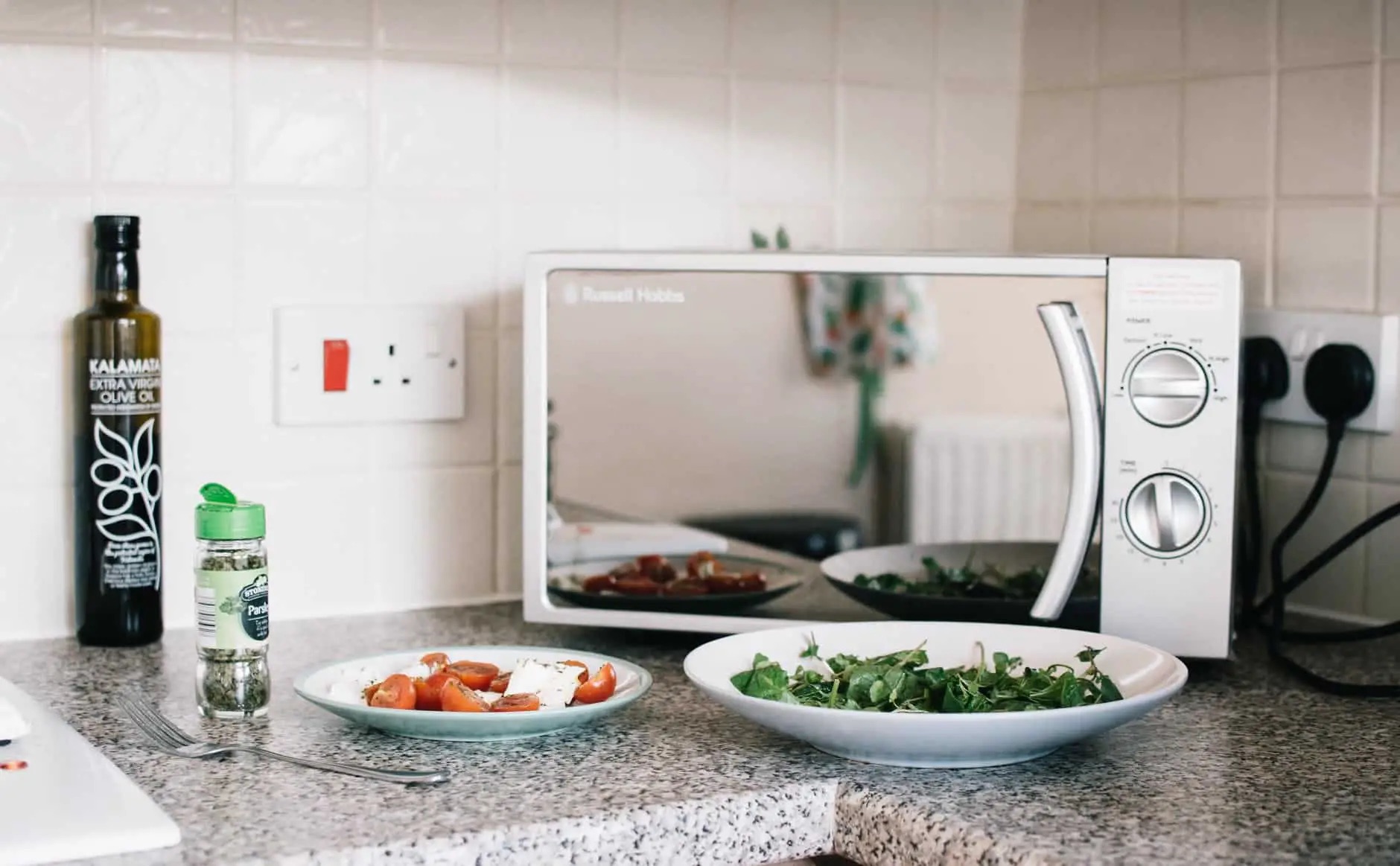
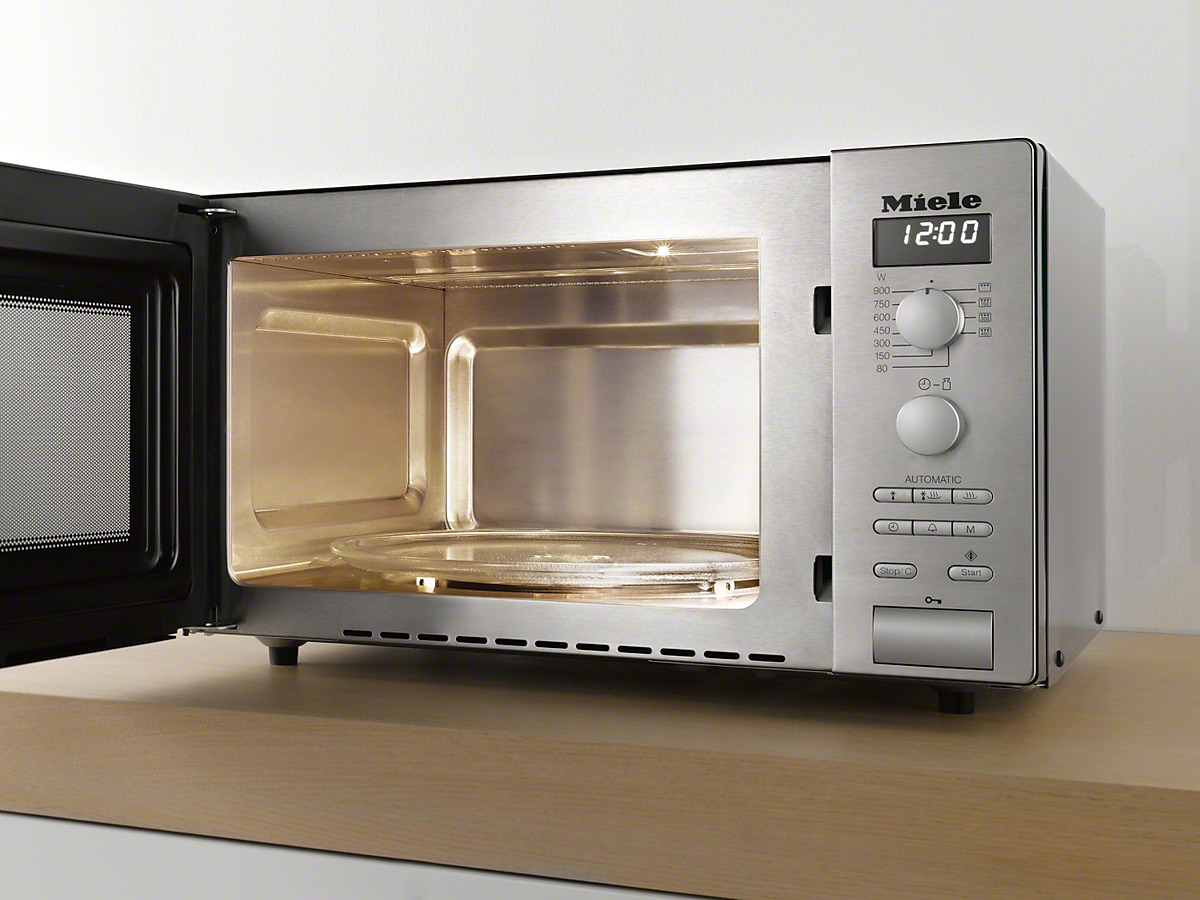
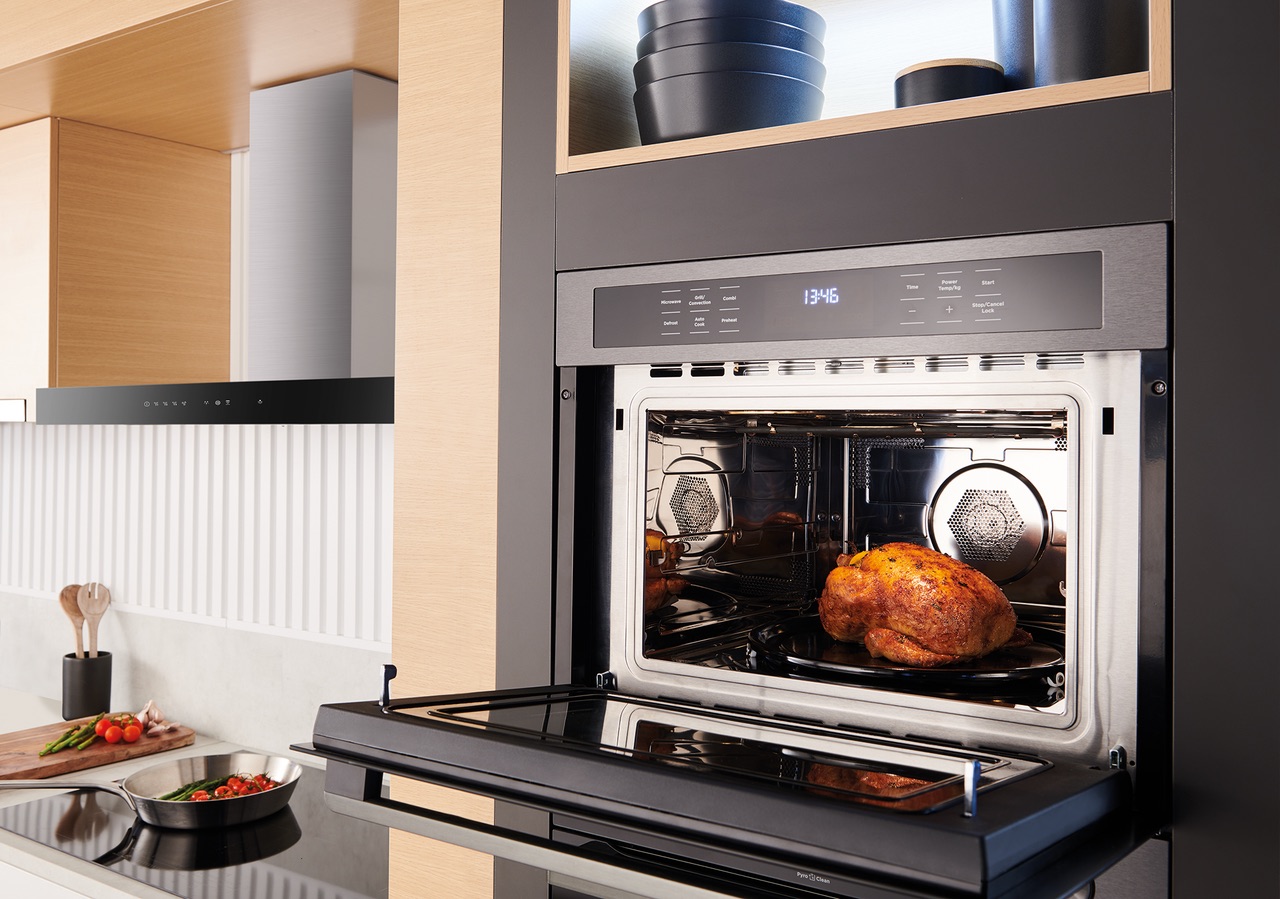
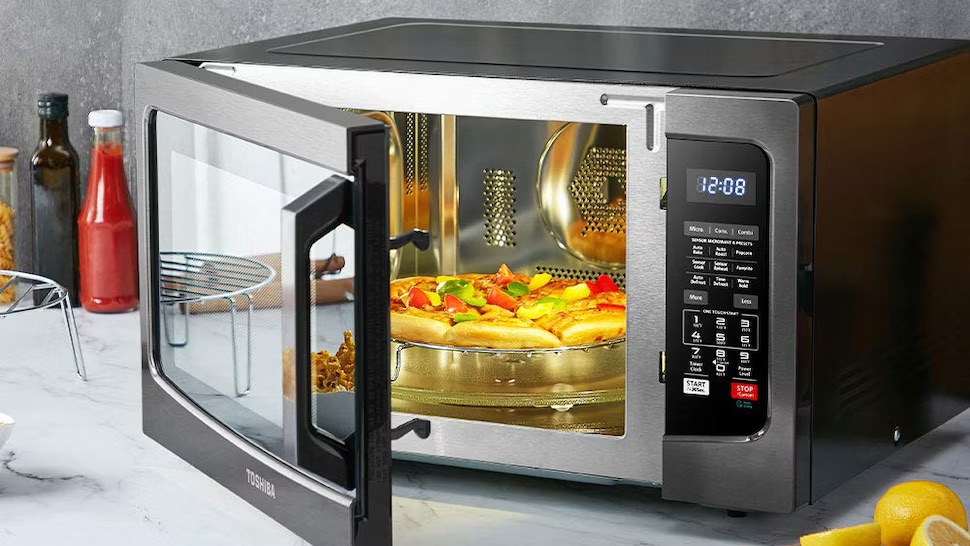
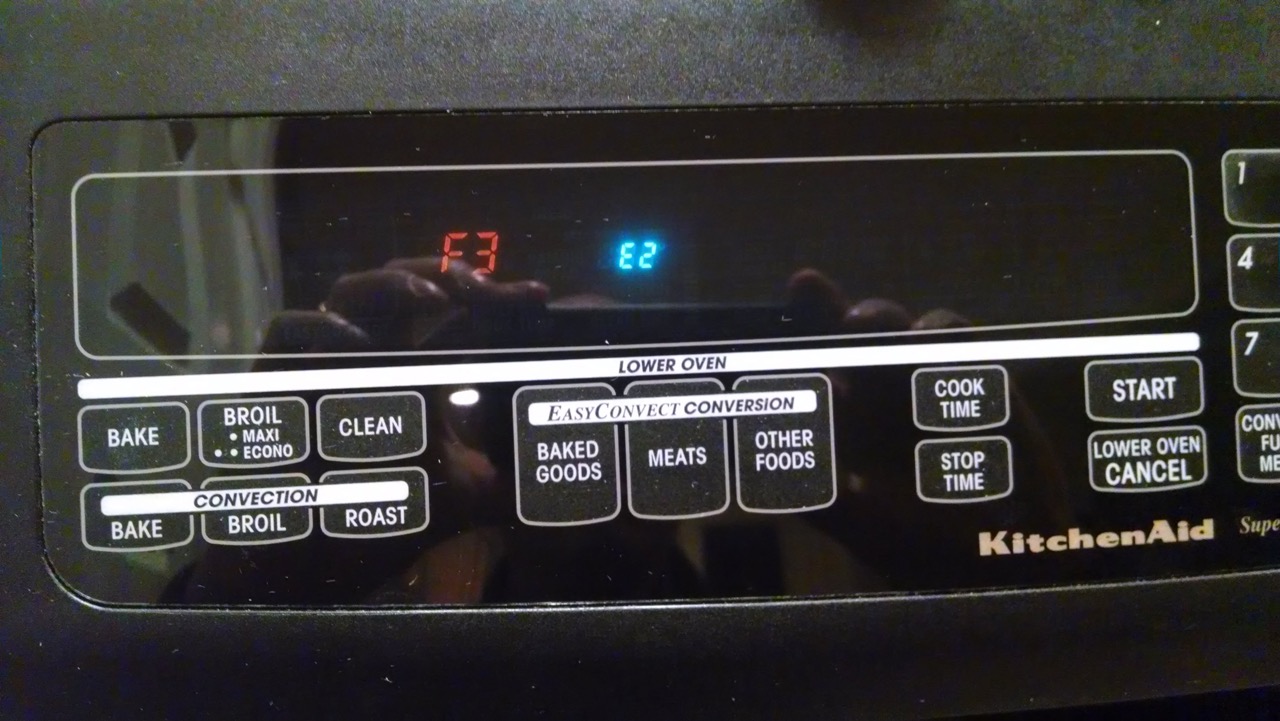
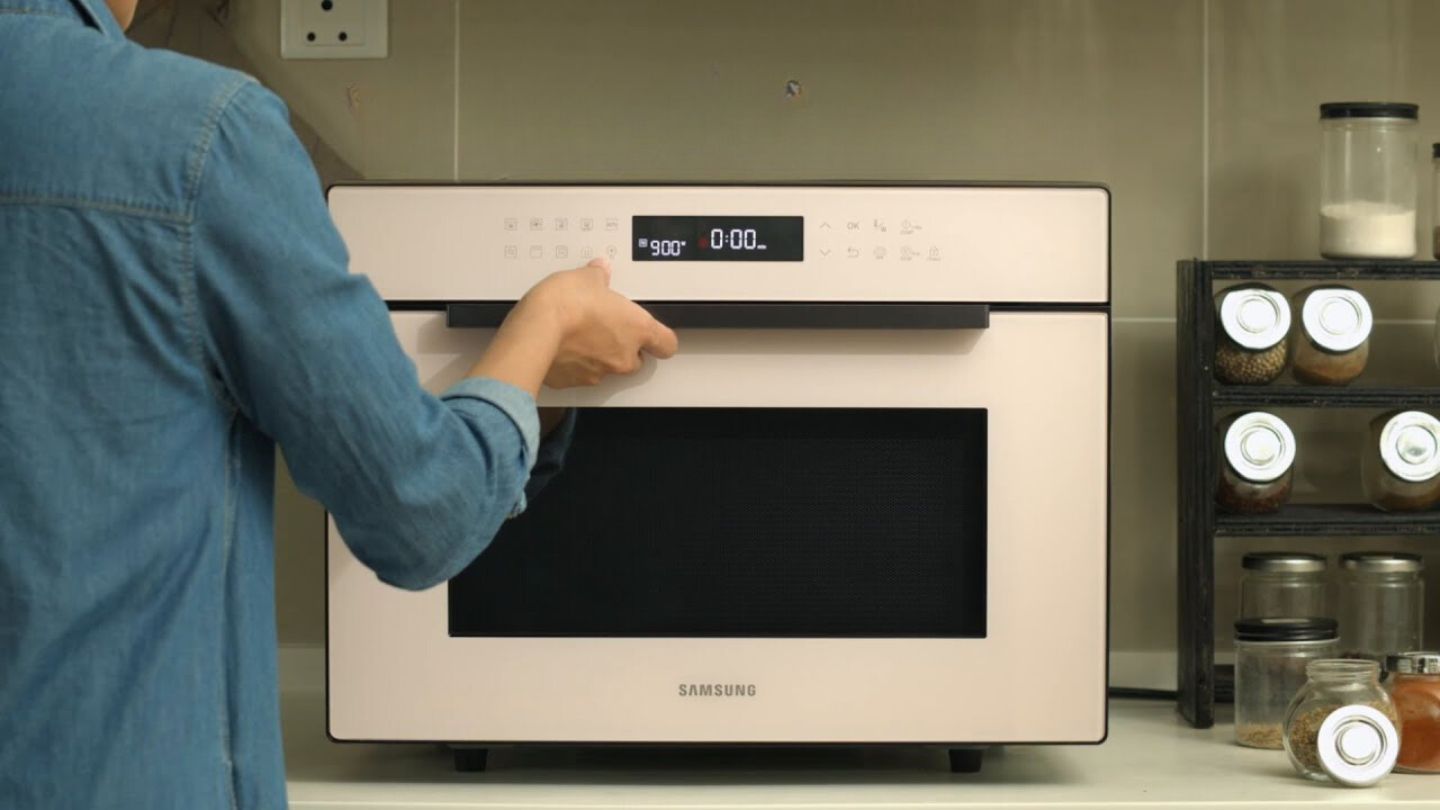
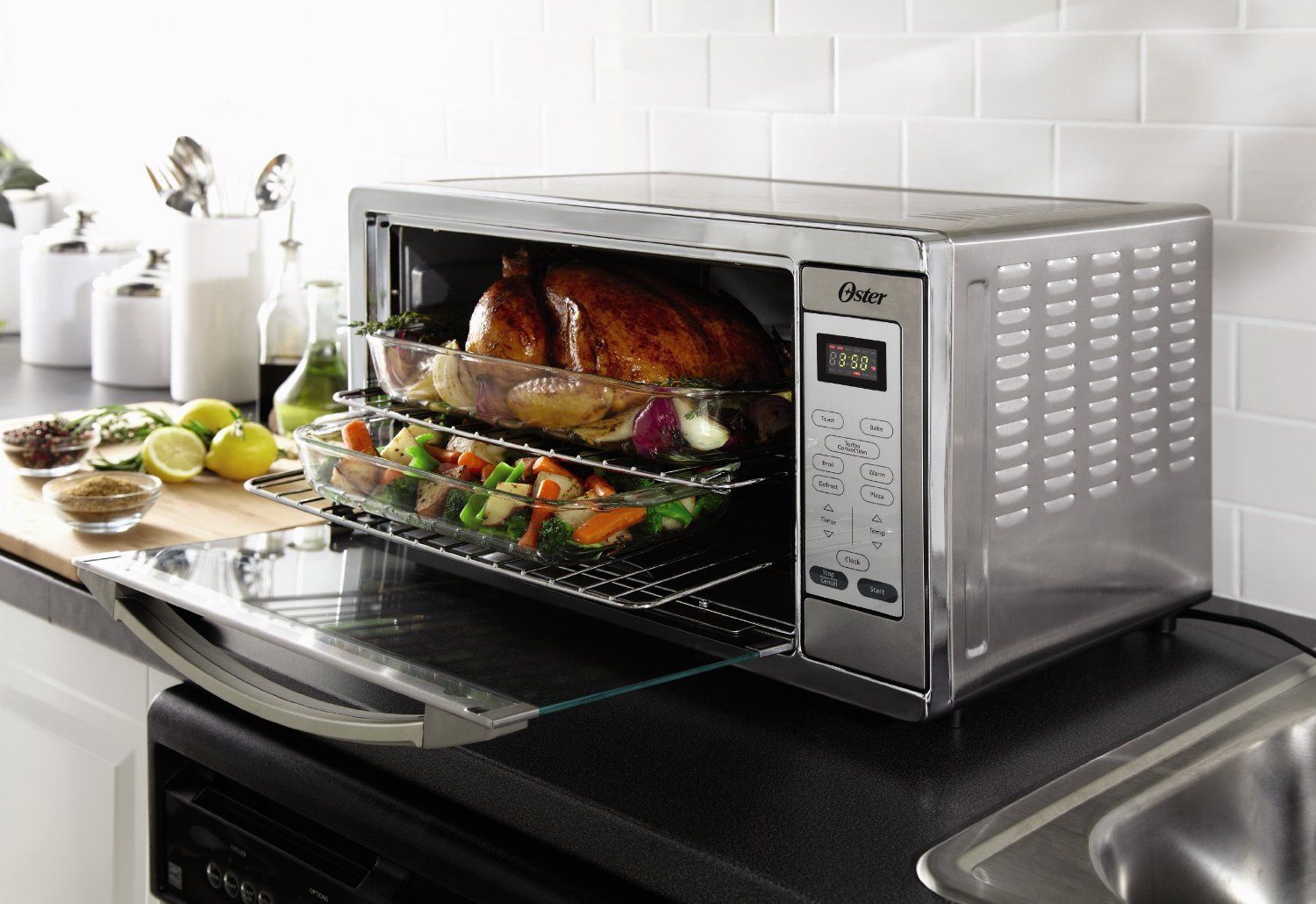
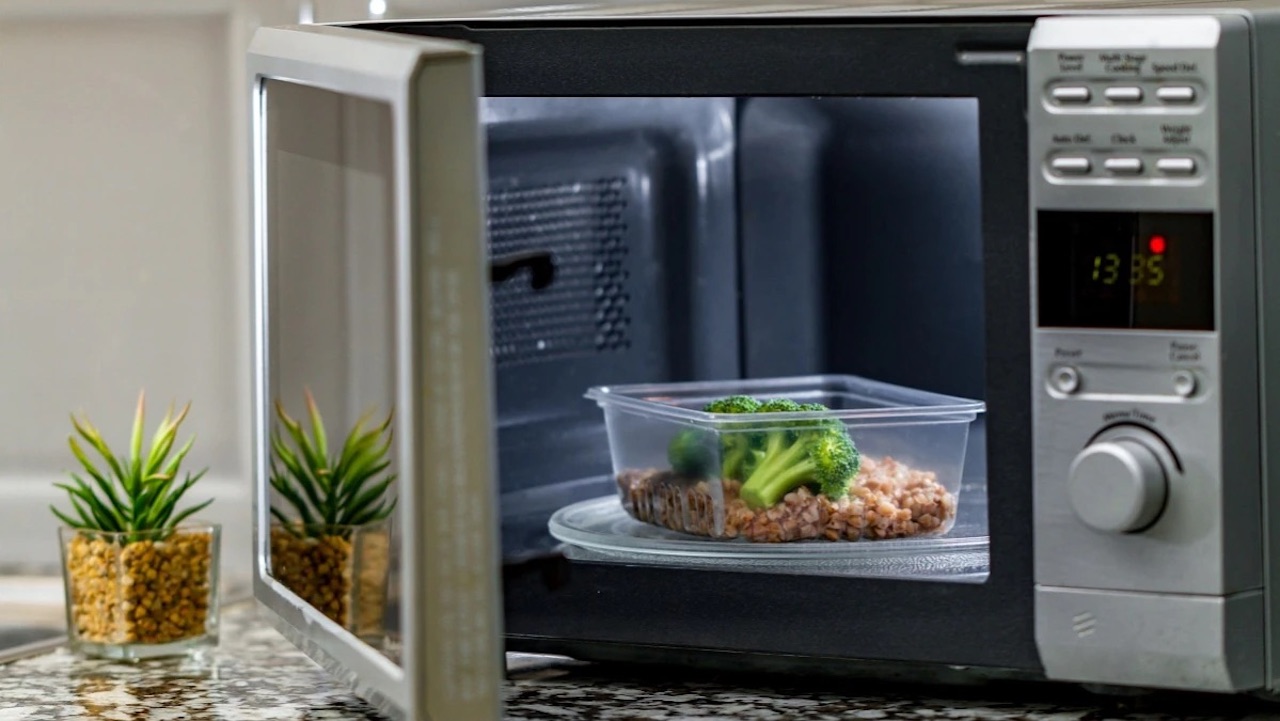
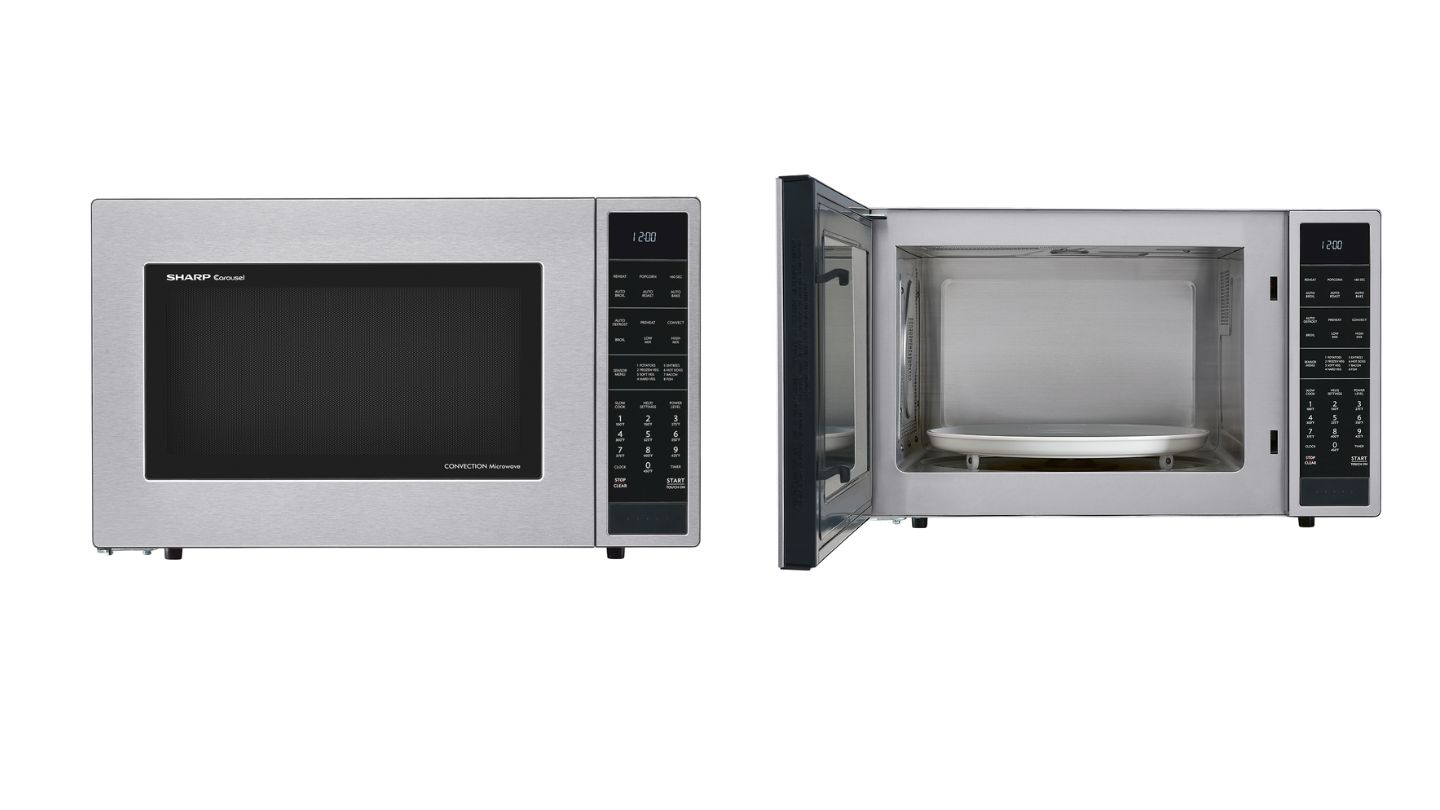
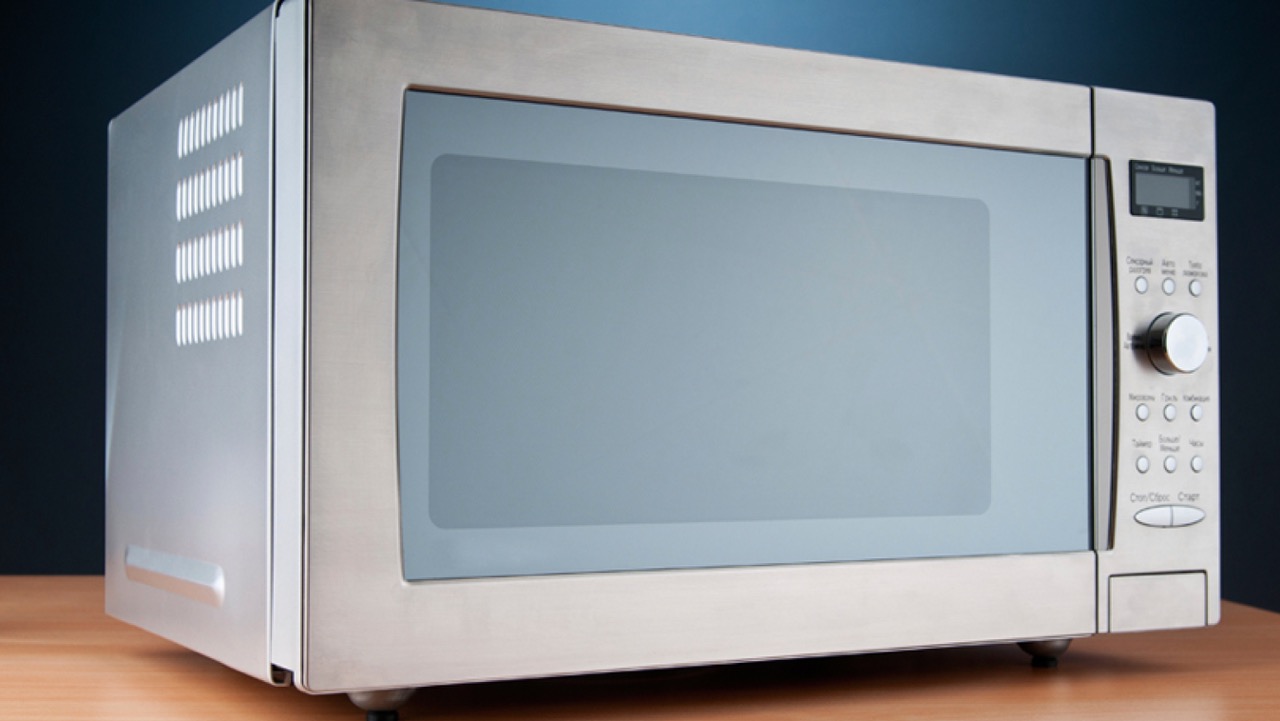
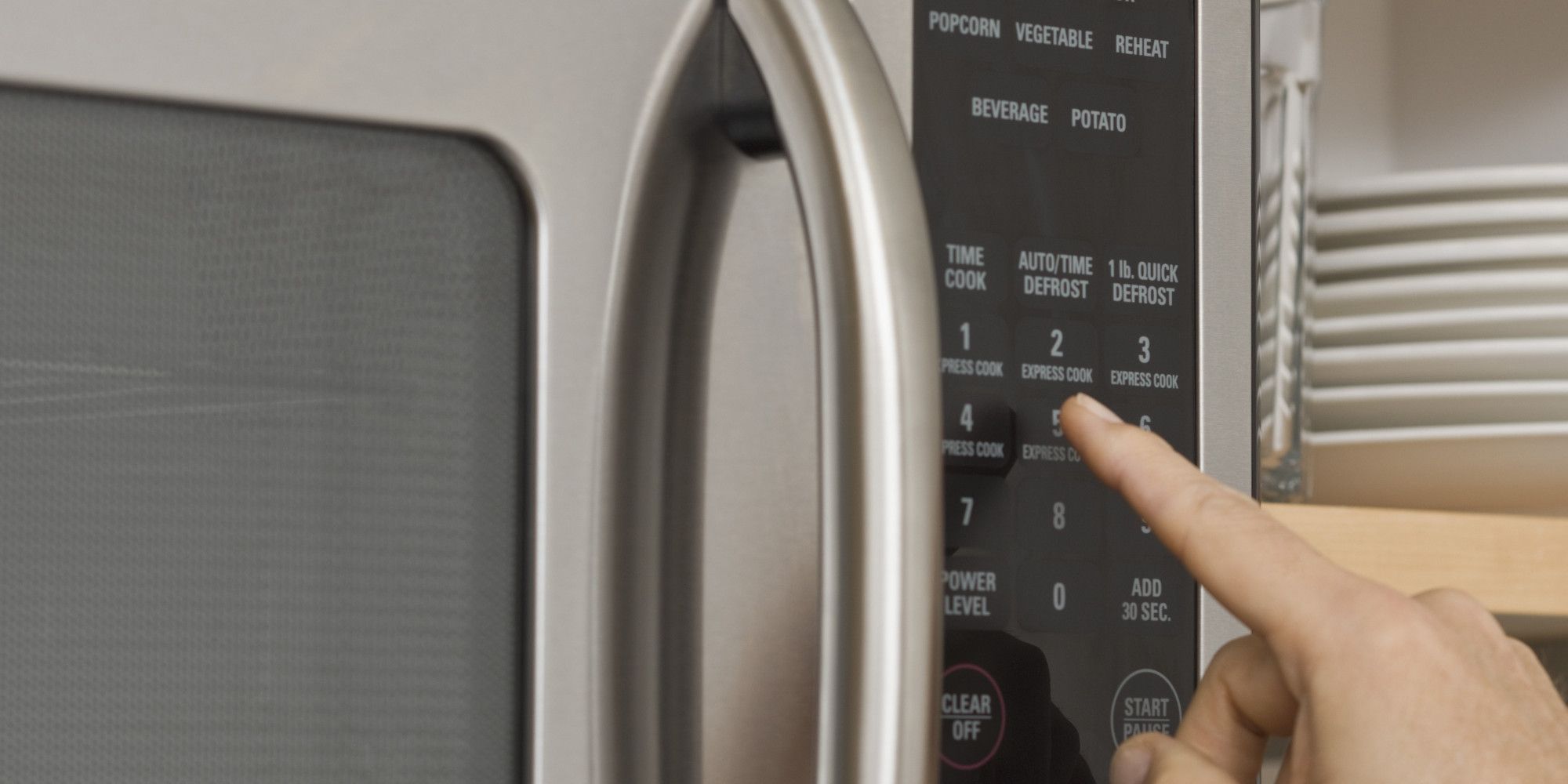
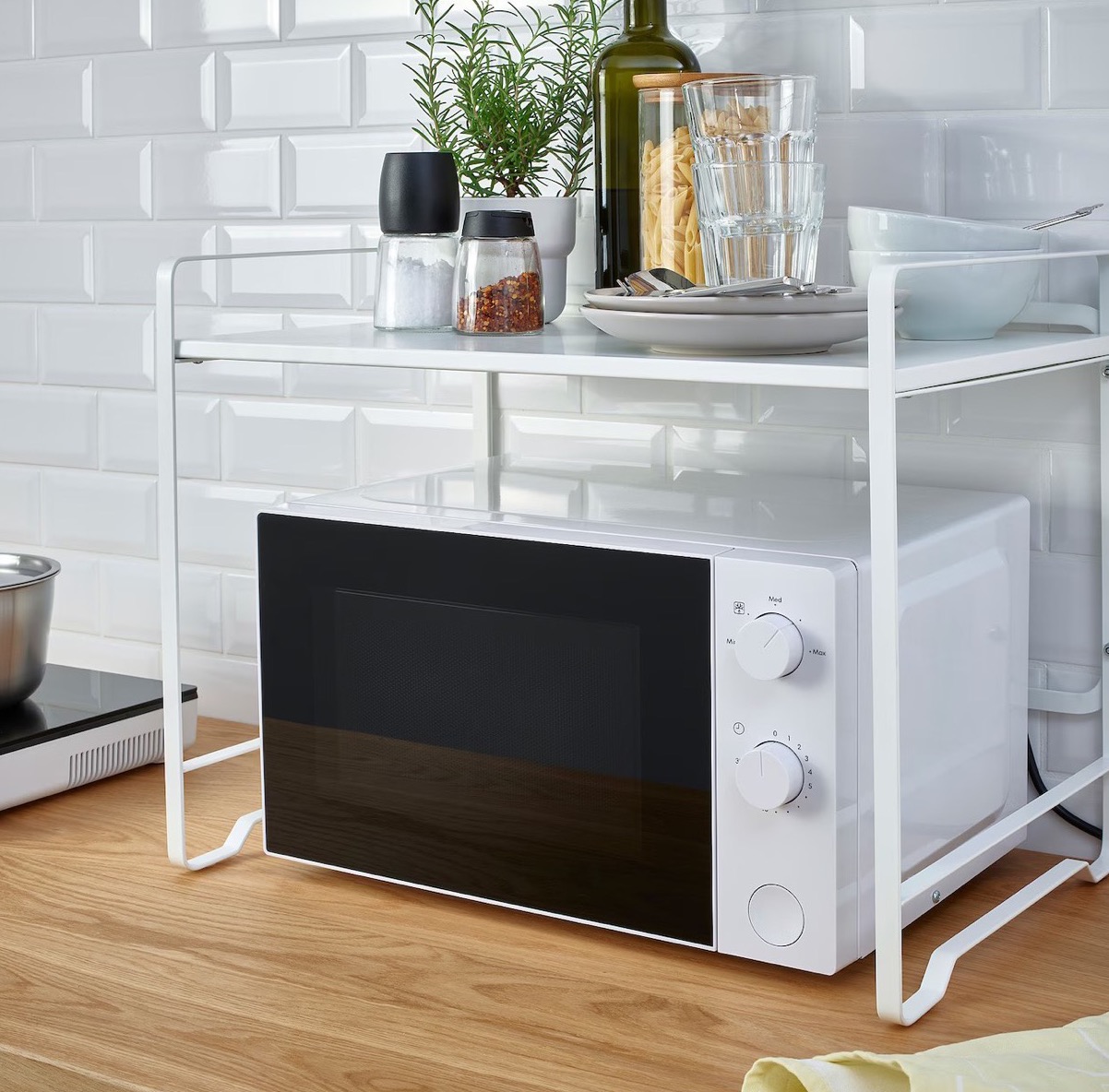
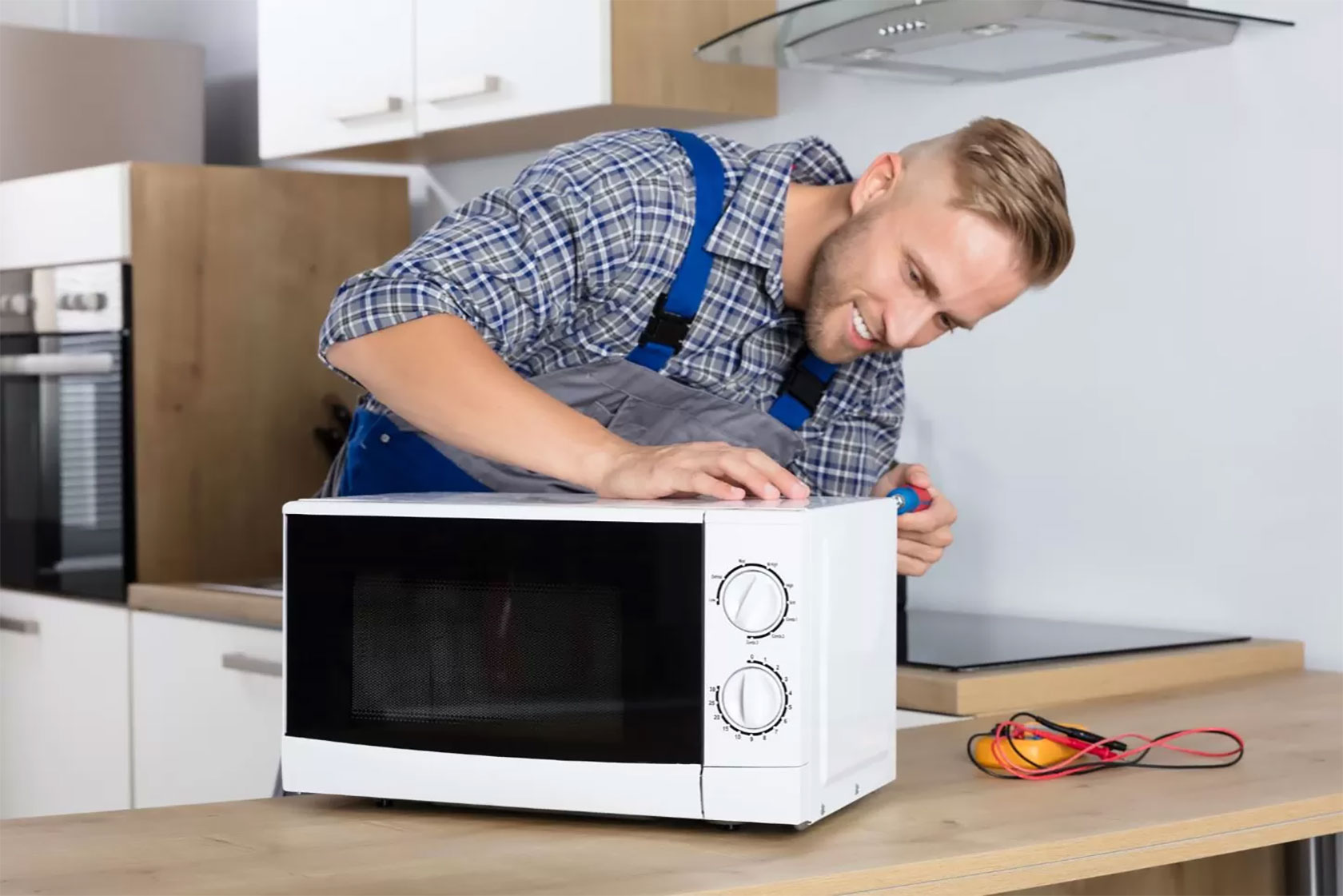

0 thoughts on “How To Use Convection Microwave Oven”